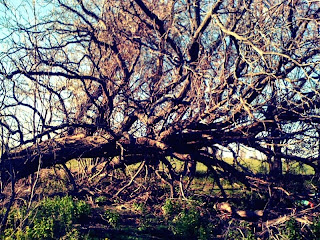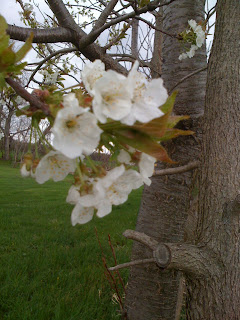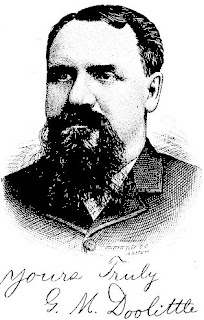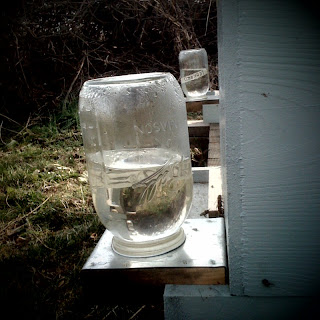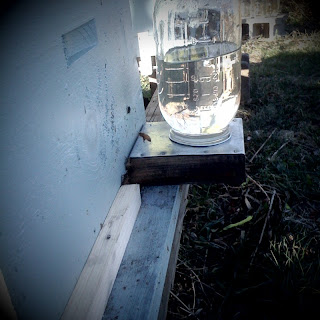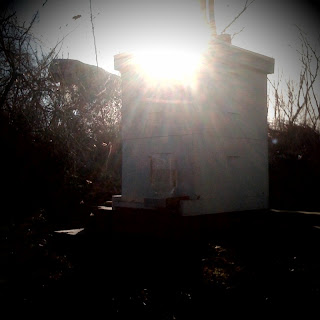Bee Audio and Video
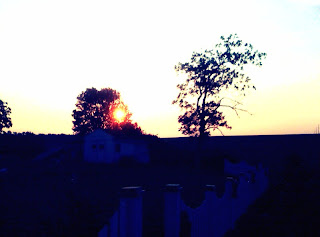
Picture of the sun this morning. School is almost over for the year. On June 24 all the paperwork for the year has to be handed in by 11:00 a.m. and I can walk out the door. In the next couple weeks I have two trap-outs I'm going to try for the first time. I've read the blog posts, looked at pictures, and watched the videos. One of the colonies is in a tree that is up pretty high in a tree, so I'm going to get a travel-lift from my brother to reach that one. The other is in an inaccessible area of an old house that is the grandmother's home of a teacher I work with. I should get some interesting posts on my blog from those situations. Not too interesting - I hope. About two weeks ago the catalpa blossoms emerged, but I really haven't seen any real honeybee activity on any of the blossoms. June 5 was the first day that I noticed them, which seems earlier than last year. I think I posted the bloom date on the BeeSource forum last June after school ...

